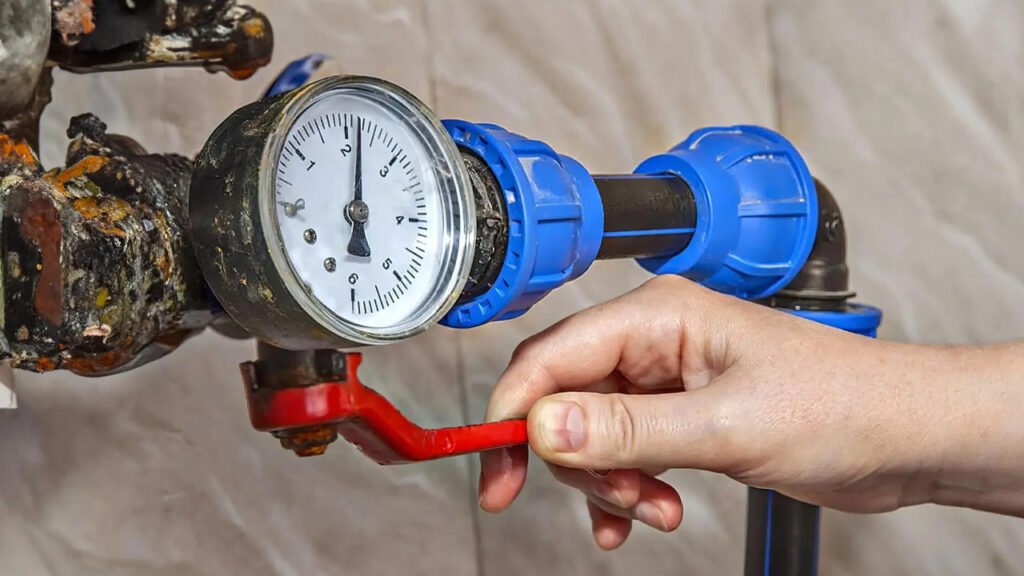Water leaks and plumbing emergencies come unannounced; and when they do, it’s better to act promptly to save yourself from damage and an exorbitant water bill. Various reasons can hamper your plumbing system, including heavy rains, hurricanes, and flooding. When such calamities strike, it’s better to know how to shut off your main water supply to your home.
First things first, you need to understand your water shut-off procedure, which may seem a daunting task but is easier when you follow the right steps. After all, learning to shut off water to your home is an important skill to rely on in an emergency.
Before shutting off the main water supply, you need to find the main shut-off valve that you will use to stop the water supply to your home during an emergency. This shut-off valve is usually located in the basement, garage, crawl space, or under your home. However, it may be outside the house, somewhere by the foundation. If you are unable to find the valve, you need to call in a professional plumber.
Now that you know where to look for your water shut-off valve, it’s also important to understand the types of valves so that you can easily identify when you come across one. Primarily, there are two types of shut-off valves: gate (wheel) or ball. The gate valve can be closed by turning the wheel clockwise until it stops and is tightened. You may need to turn it several times to shut off the water supply. For the ball valve, turn the handle until it is parallel to the water pipe it is on.
We have discussed the types, the importance of the shut-off valve, and its possible location in your house. It’s time to move forward and learn how to shut off the water supply to your home to prevent damage. This detailed article with easy-to-follow step-by-step instructions will guide you.
Also Read: How to Fix Low Water Pressure in Home – Quick Guide to do It Like a Pro
Things You’ll Need:
- Wrench
- Protective glove
How to Shut Off Water to Your Home by Yourself
Locate Water Main Shut-Off Valve
Locate the water main shut-off valve before any emergency. Look for it in the aforementioned areas, such as the garage, basement, crawl space, and more. When you shut off the main valve, it will instantly cut off the water flow to your home. Just make sure that the valve is tightly closed. There’s a chance that the valve will be stuck because it hasn’t been turned in a while. In such situations, you may need a wrench to make it move.
Turn the Valve Clockwise
Once you find the valve, turn it clockwise. Whether you have a gate valve or a ball valve, the same rule applies: turn the valve clockwise. For the ball valve, a quarter turn is required, and for the gate valve, you need to keep turning the valve until it stops.
Check for Standing Water
If you spot standing water near the valve, there may be a leak. If you feel something’s not right, immediately call in a professional.
Turn off the Electricity
If there are electrical appliances near water, instantly turn off the power at the breaker to avoid electrical threats.
Drain Remaining Water
After shutting off the main valve, remember to open a faucet on the exterior wall or the front hose tap to drain excess water in the system. This step is crucial to maintain the health of your plumbing system by reducing the damage and releasing pressure.
Final Word
Properly shutting off your home’s main water supply is a vital maintenance task. This can protect your plumbing system from costly damage, ensuring it remains in proper shape. Why wait for things to get worse, when you can learn yourself and be prepared when an emergency strikes?

